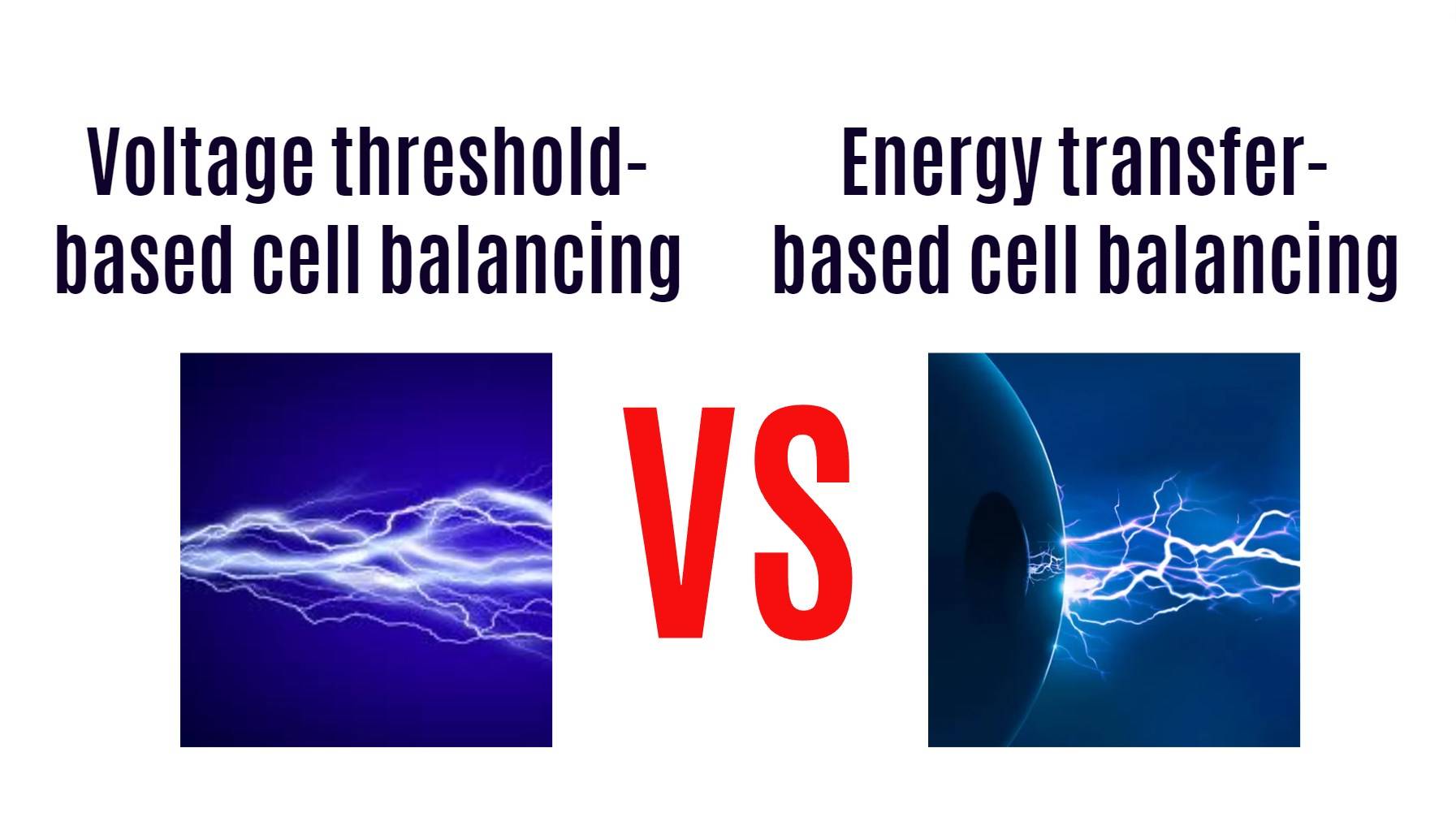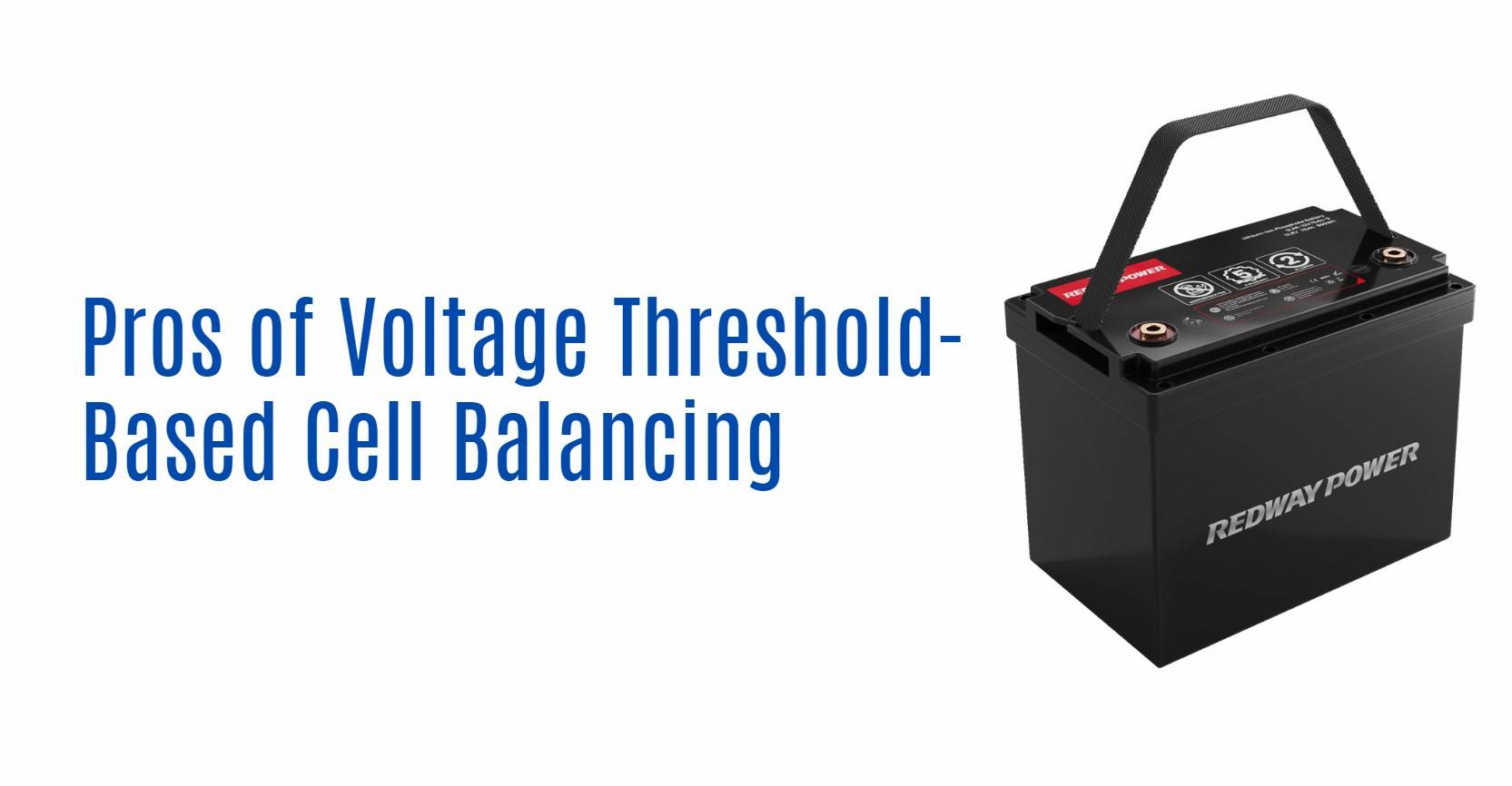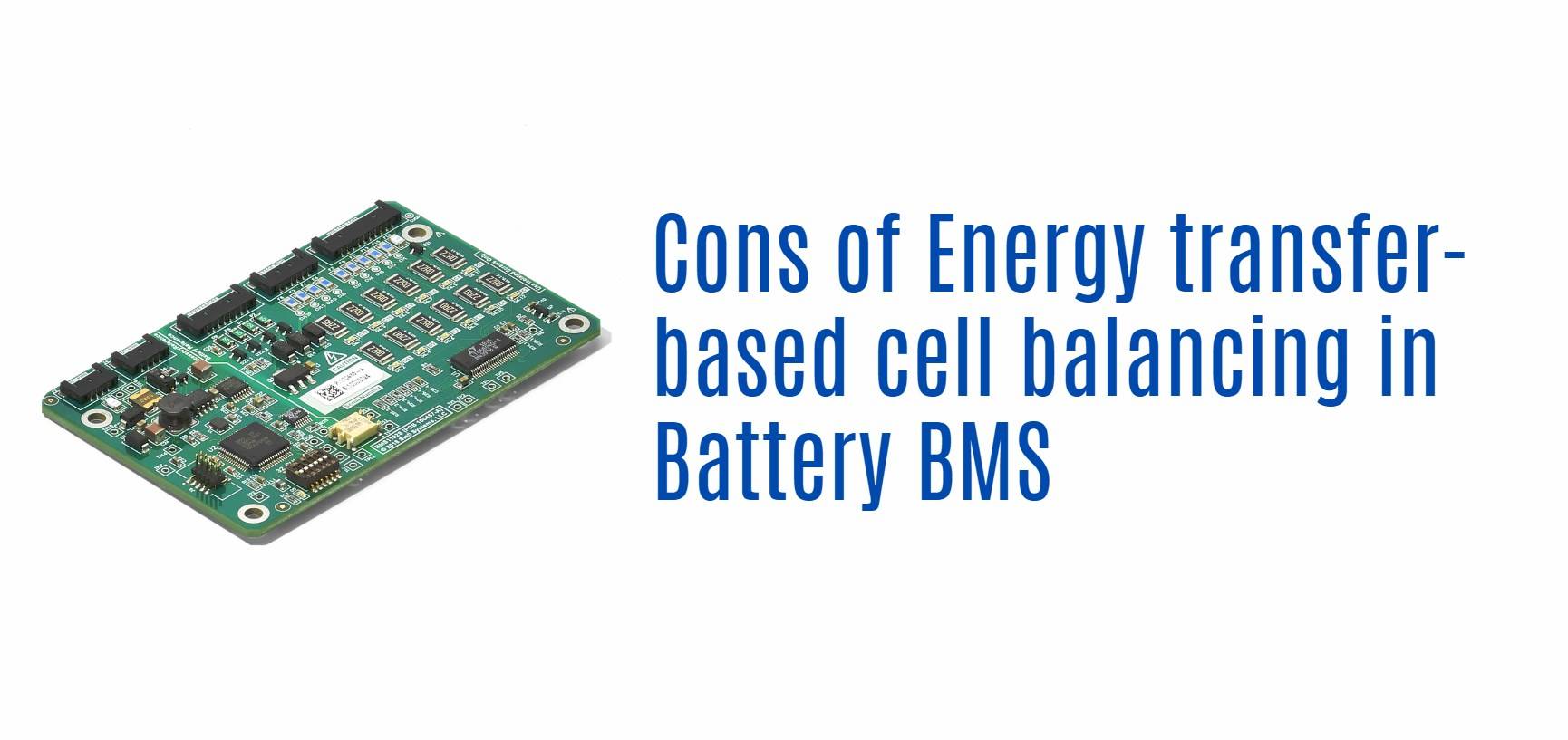
Blog
How Do Voltage Threshold-Based and Energy Transfer-Based Cell Balancing Work in Battery BMS?

Cell balancing in Battery Management Systems (BMS) is vital for ensuring optimal performance and longevity of battery packs. Two primary methods exist: voltage threshold-based balancing, which activates when voltage levels reach certain thresholds, and energy transfer-based balancing, which redistributes energy among cells. Understanding these techniques is essential for maximizing battery efficiency and lifespan.
How does cell balancing function in Battery Management Systems (BMS)?
Cell balancing ensures that all cells within a battery pack maintain similar states of charge (SOC), preventing capacity loss and potential damage. In BMS, balancing occurs through two main methods: voltage threshold-based and energy transfer-based techniques. These methods help manage imbalances that arise due to variations in individual cell performance, thereby enhancing overall battery health.Chart: Overview of Cell Balancing Methods
| Method | Description | Activation Trigger |
|---|---|---|
| Voltage Threshold-Based | Balancing activates when voltage exceeds a set limit | Specific voltage levels |
| Energy Transfer-Based | Energy is redistributed from higher to lower SOC cells | Continuous monitoring |
What are the primary techniques for cell balancing?
The two primary techniques for cell balancing are:
- Voltage Threshold-Based Balancing: This method activates when a cell’s voltage exceeds a pre-defined threshold, prompting the BMS to redistribute charge to maintain balance.
- Energy Transfer-Based Balancing: This technique involves actively transferring energy from cells with higher SOC to those with lower SOC, ensuring all cells operate efficiently without overheating.
Why is voltage threshold-based balancing significant?
Voltage threshold-based balancing is crucial because it prevents individual cells from overcharging, which can lead to thermal runaway or reduced battery life. By monitoring voltage levels, the BMS can initiate balancing actions when necessary, thus maintaining safe operating conditions.Chart: Voltage Threshold Activation Process
| Step | Action |
|---|---|
| Monitoring | BMS continuously checks cell voltages |
| Threshold Exceeded | If any cell exceeds the set voltage |
| Activation | Initiates balancing process |
How does energy transfer-based balancing operate?
Energy transfer-based balancing works by moving excess energy from higher SOC cells to those with lower SOC. This method typically employs inductive or capacitive shuttling mechanisms, allowing for efficient energy redistribution without significant losses.
What are the advantages and disadvantages of voltage threshold-based balancing?
Advantages:
- Simple implementation with low-cost components.
- Effective at preventing overcharging.
- Reduces risk of thermal runaway.
Disadvantages:
- May not address imbalances quickly enough during high discharge rates.
- Can lead to inefficiencies if cells frequently exceed thresholds.
What are the pros and cons of energy transfer-based balancing?
Advantages:
- Highly efficient as it actively redistributes energy.
- Enhances overall battery performance by maintaining SOC across all cells.
- Reduces heat generation compared to passive methods.
Disadvantages:
- More complex circuitry required, increasing costs.
- Potentially higher energy loss during transfer if not managed correctly.
How do static and dynamic balancing differ in practice?
Static balancing occurs when the battery pack is at rest, focusing on equalizing charge levels without active load conditions. In contrast, dynamic balancing takes place during operation, adjusting SOC based on real-time demands and discharge rates. Dynamic systems require more sophisticated algorithms to manage fluctuations effectively.
Industrial News
Recent developments in battery technology have highlighted advancements in both voltage threshold-based and energy transfer-based cell balancing methods. Companies are increasingly adopting active balancing techniques to improve efficiency in electric vehicles and renewable energy storage systems. Innovations such as real-time monitoring systems are being integrated into BMS designs to enhance safety and performance, reflecting a growing trend towards smarter battery management solutions.
Redway Power Insights
“Understanding the nuances between voltage threshold-based and energy transfer-based cell balancing is essential for optimizing battery management systems,” states an industry expert. “As technology evolves, we see a shift towards more integrated solutions that not only enhance performance but also ensure safety across various applications.”














